
Painting Pretty Girls and Pop Fiction: McClelland Barclay’s Short Story Illustrations for Cosmopolitan
Share
McClelland Barclay sterling silver hearts & flowers bracelet from the 1930s
Art Deco artist, McClelland Barclay may be best known for painting pretty girls for GM's Fisher Bodies in the 1920s. But he did a lot more than that.
In the 1930s, plenty of light fiction was being written for mass media magazines. Short serial stories were powering their popularity. Hearst’s Cosmopolitan magazine, for one, replaced long literary articles in favour of short stories.
Killer content
Dramatic stories by popular writers, such as Faith Baldwin and Harold Everet Porter (Holworthy Hall), drew readers in. Gripping fast-moving tales combined romance, love, drama, murder and mystery.
And, of course, these stories often featured a beautiful heroine and her love interest. Add in cliff-hangers, plot twists and adventures, these stories were good at keeping readers coming back for more.
This killer content could reach a new audience. It encouraged subscriptions and grew newsstand sales. In the 1930s, Cosmopolitan monthly circulation reached about 1.7 million, primarily young women.
During the Depression, magazine cover prices were from five to twenty-five cents. So pop fiction was affordable entertainment, and a distraction from some very tough times. It was also before photography was widely adopted for print publications.
From pretty girl ads to cover girls

L: Pictorial Review cover, Feb 1933; Middle: Love Set story, Cosmopolitan, Feb 1932; R: Redbook, Feb 1933, all via Enchantement Ink.
By this time, McClelland Barclay was not an anonymous artist. He was known for “pretty girl" illustrations of beautiful women appearing in ads, especially for General Motors’ Fisher Bodies. His name had been seen on all kinds of advertising appearing in popular magazines for over a decade.
Barclay was a successful independent artist working from his studio in the Heckshire Building on 57th Street and 5th Avenue in Manhattan. That was just a few blocks from The landmark International Magazine Building, completed in 1928 to house the 12 magazines Hearst owned at the time.
I imagine when advertising jobs were becoming fewer, he had to change focus. Using his reputation and extensive portfolio of pretty girl paintings probably helped him win commissions for magazine covers and short story illustrations instead.
Painting stories for pretty girls
By the early 1930s, Barclay’s recognized "pretty girl" style began to be seen regularly on the covers of Pictorial Review, Redbook and in many story illustrations for Cosmopolitan magazine.
While writers churned out serial stories, McClelland Barclay was commissioned to illustrate them. His art was often printed as black and white with splashes of solid colour, as in the Love 40 story from the April 1932 issue of Cosmopolitan shown below.
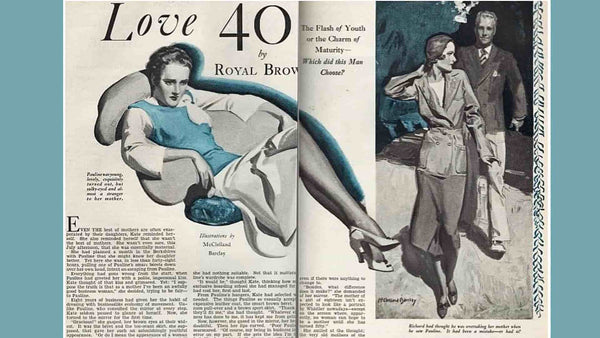
Barclay’s illustrations were featured on the opening pages, peppered throughout, and continued for every issue the story ran. Each of Barclay’s paintings would highlight the characters in a particular scene from the story.
In these editorial works, Barclay captured how American women wanted to be seen: fashionably dressed, slim, beautiful...and loved. His art mostly depicted young women pursuing active lifestyles, love and romance. Men, whether hero or villain, were handsome and athletic.
His story art also made Cosmopolitan look good for advertisers who wanted to reach that same reader.
Other forms of storytelling
In the 1930s, Barclay found other ways to expand his career into new artistic endeavours.
I wonder if all his story illustrations inspired the design of this very rare ‘courtship’ charm bracelet. It was made in 1938 by Rice-Weiner & Co., and has a tag with the McClelland Barclay signature. Each of twelve different charms tell the couple's love story from romance to engagement, wedding and arrival of a child.
Barclay's costume jewellery is high quality, made of sterling silver, or other plated base metals, and, like magazines, was priced for the mass market. Because it was only made between 1938 - 1943, it is hard to find today.
Before he added jewellery, Barclay had already been creating bronze-plated metal decorative items such as wall plaques, small sculptures, bookends and other decorative pieces. These were produced by his own company: McClelland Barclay Art Products, Inc., which he operated for about a decade prior launching his jewellery collection.
Following the Art Deco style, some were nudes idealizing the female form, as in the Spring and Summer 'seasons' wall plaques shown below, or the seated nude bookends.
 |
 |
One may dismiss McClelland Barclay’s story illustrations, costume jewellery and decorative art as depictions of a fantasy world far from reality. More likely, it was a conscious effort by him and the magazine publishers to find a way to keep customers affected by serious economic challenges that threatened business.
Business bonanza
I’m not sure how much direction the author, publisher or editor would give him, but he was very busy with story illustration work during the 1930s. They knew he could paint beautiful people, and his aesthetic opinions were sought after. Perhaps publishers were calculating that Barclay’s fame and signature on the story illustrations would help to sell magazines too.
There is a lesson in learning this artist's own story of adapting.
His illustrations helped short stories continue to be a publishing business bonanza back then. Hearst Cosmopolitan Productions had been securing film rights to produce the most popular short stories into movies since 1923. Not all stories were box office hits, but one illustrated by Barclay became the successful 1933 film, Penthouse starring Myrna Loy.
I can also speculate that illustrating so many popular short stories kept his name out there, and helped Mac grow his own business with studios, stars, and fan ‘zines during this ‘Golden Age of Hollywood'. Those relationships would last the rest of his life.
Legacy of pretty girl portraits
In my previous post, Portrait of a star, you can see McClelland Barclay’s most famous oil painting today in the National Portrait Gallery in London, UK. It depicts British actress Anna Neagle in character from the 1942 film No, No, Nanette, when she was deemed Britain’s most popular ‘pin-up’ girl during WWII.
Looking back at these popular works by Barclay during the Art Deco era seem a long way from the present. But they still illustrate how a short story and pretty picture can allow you to escape from difficult times, even for a few moments.
I think McClelland Barclay understood that, when he painted a pretty girl, he was actually doing a lot to lift spirits for a lot of people during the Depression...while turning his own livelihood around.
Want to know more about this artist? Get your copy of the first and only illustrated biography, McClelland Barclay: Painter of Beautiful Women and More.

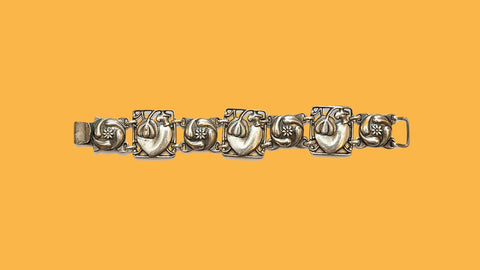
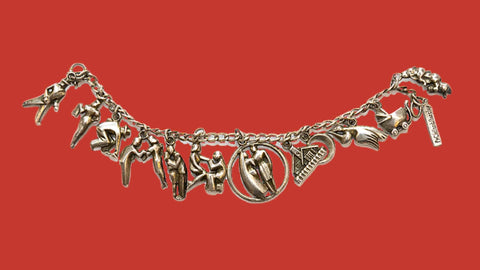
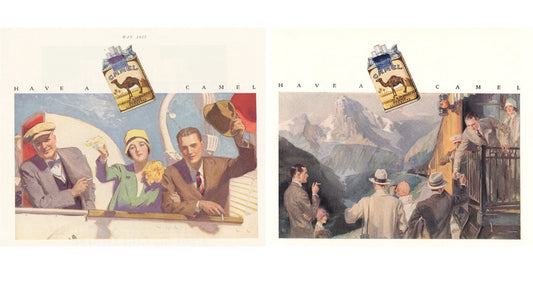

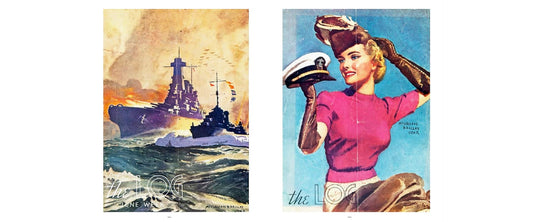



1 comment
Thanks for this enlightening article and your excellent book!